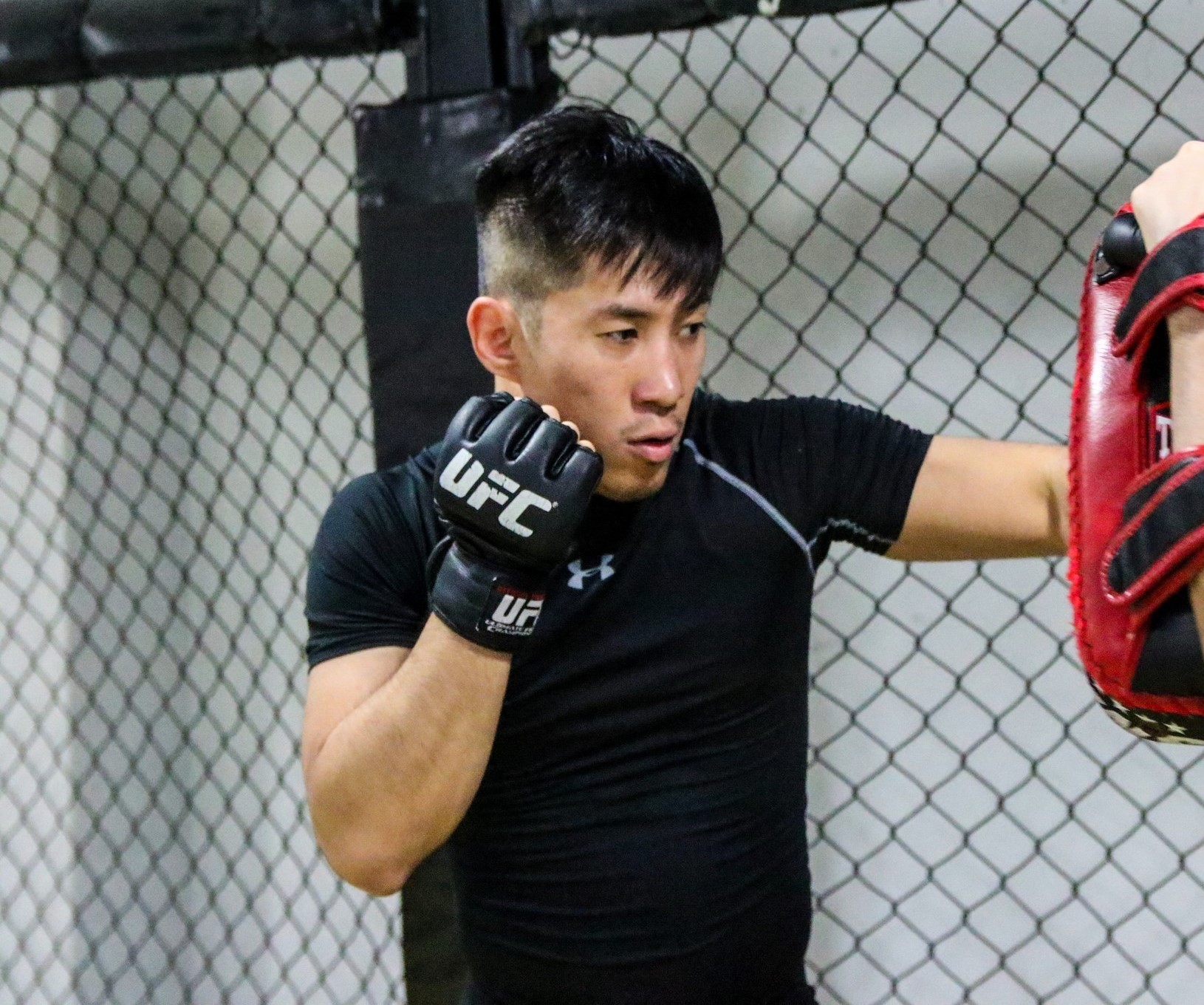
If you are interested in starting a fitness routine that never feels like a chore, you should seriously consider picking up martial arts.
Here are several reasons why you should consider signing up for martial arts classes and why martial arts is the perfect solution to your fitness woes.
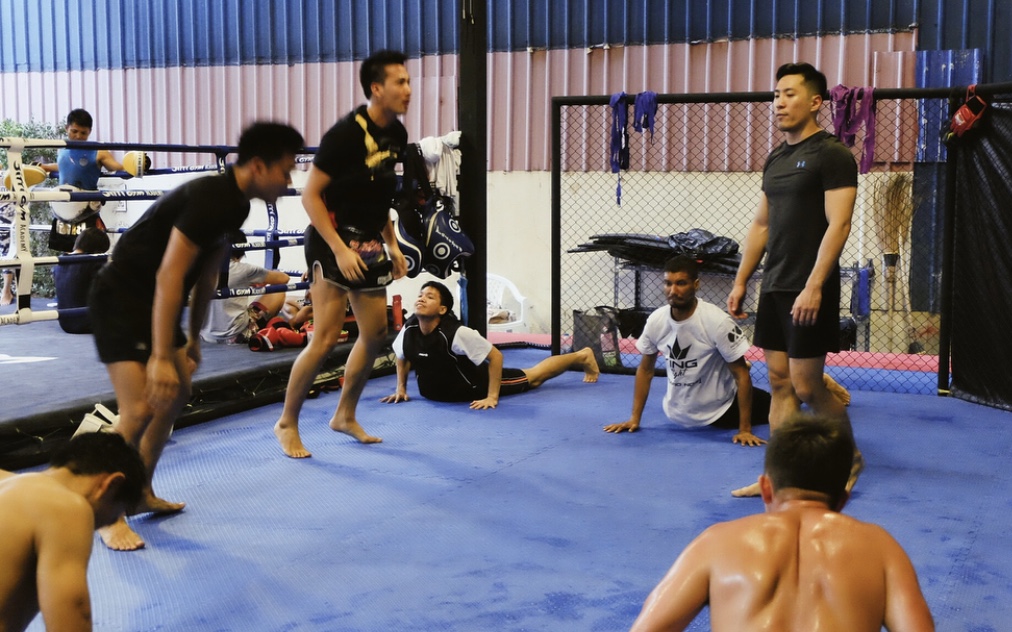
-
Ultimate cardio workout
If you are looking to lose weight, get leaner and fitter, martial arts training gets you there faster than conventional workouts. Training involves every single part of your muscle in your body and your core in particular gets a rigorous workout every time you train. You would have burned 1,000 calories for every hour you spent training in a class!
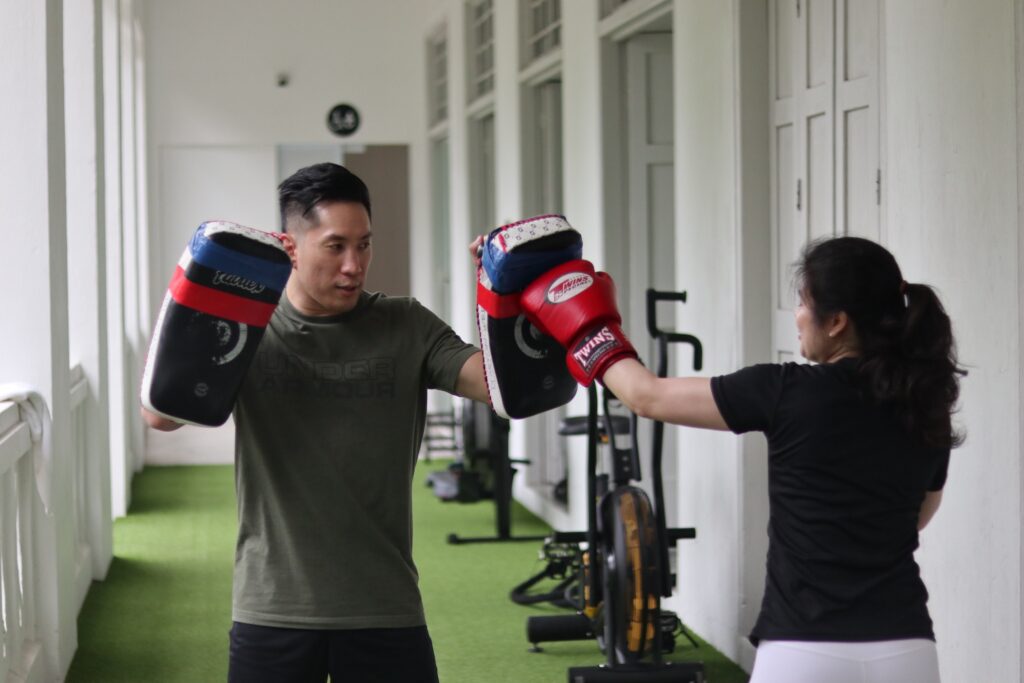
-
Learn effective and practical self-defense
Martial arts used in combat sports focuses on effective striking, clinching, takedown and grappling techniques. Students are able to practice proper techniques in a controlled manner. This helps to improve great reactions and reflexes over a period of time. Some of the best fighters in Muay Thai and MMA history like George St Pierre and Saenchai are proof of how effective martial arts used in combat sports are.
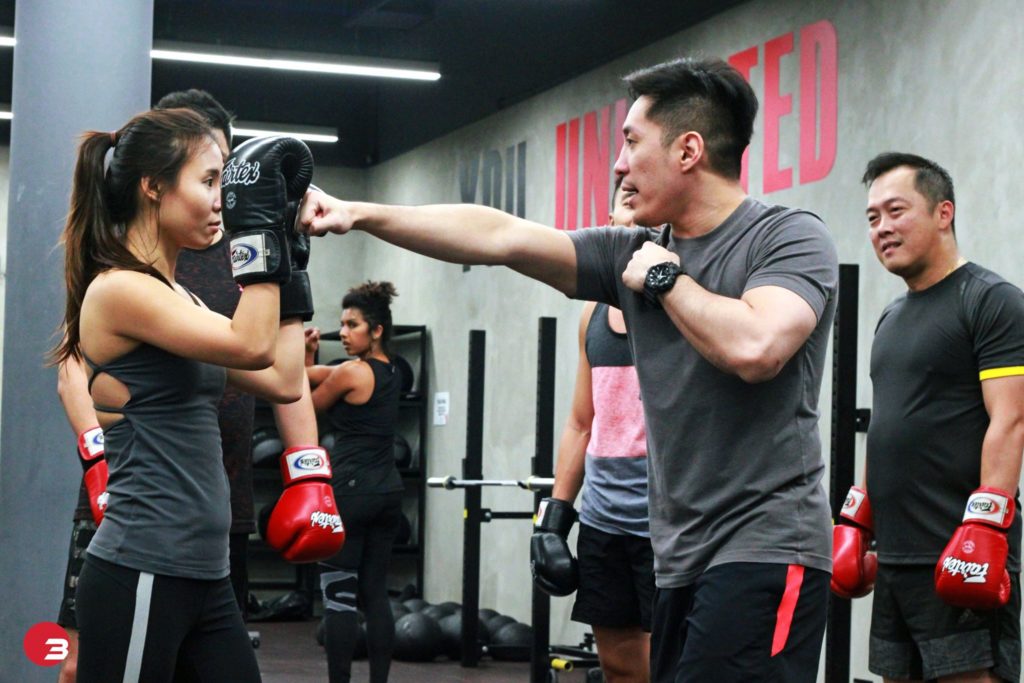
-
Classes get more interesting through progression
When it comes to martial arts training like Muay Thai, there are literally thousands of Muay Thai techniques. Students are constantly learning new techniques along the way! This keeps things interesting as you will always look forward to learning new things.
Students will be shown a few techniques which they will drill over and over during class. Constant repetition carries conviction. This allows you to have a solid understanding of the technique while not being overwhelmed with too many techniques.
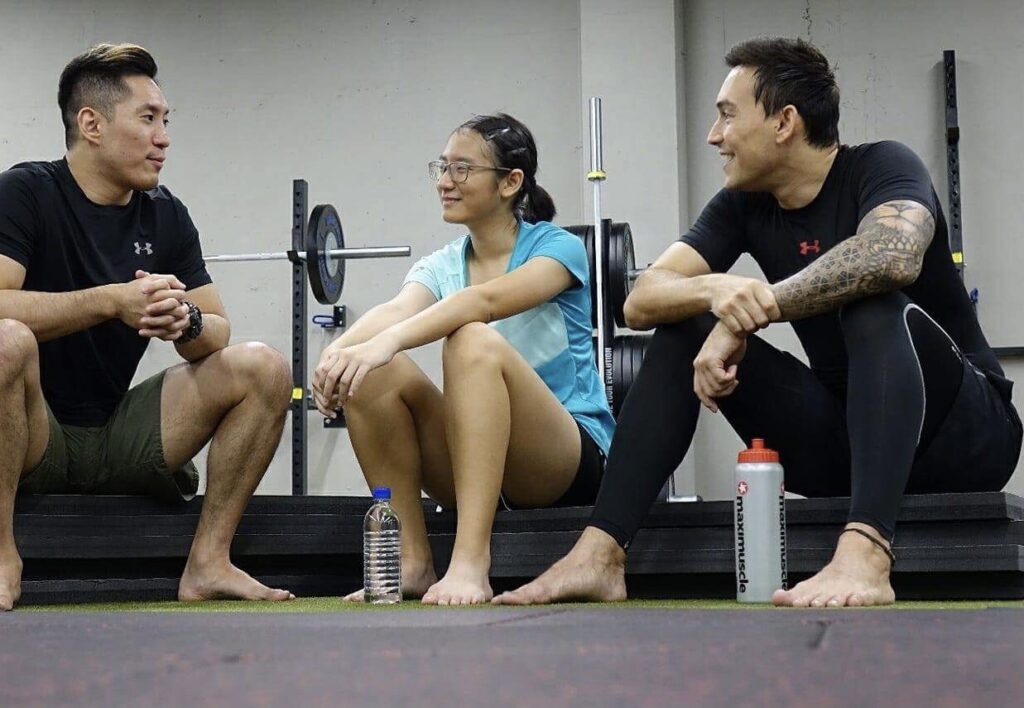
-
Improve physical and mental health
Martial arts is a good channel that allows you to vent your frustration in a positive manner and reduces your stress levels. You’ll get to punch, kick, knee, elbow all your stress away in a safe and controlled environment.
Practising martial arts can help you master your mind and body. Studies have shown how martial arts tremendously reduces stress, improves emotional stability, increases confidence and develops mental strength. Your body will release a healthy amount of endorphins that help you feel stronger, fitter and healthier each and every day! Healthy mind, healthy body.
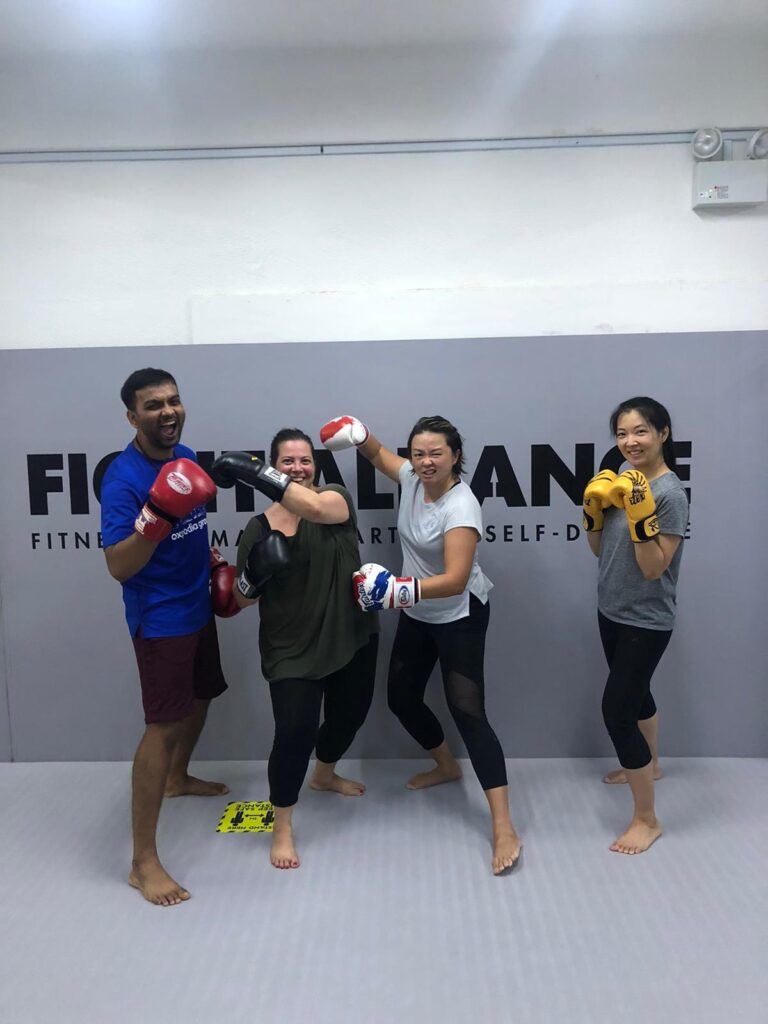
-
Meet new friends
You will meet people from all walks of life when you train martial arts. Due to the highly interactive nature of training, students get to bond during classes. Many of these people eventually become lifelong friends. There will be many days to come where you will be eager to catch up with your training partners as you are to train.
-
Train at your own pace
Depending on your experience and fitness level, you should always train progressively to prevent burnout. Training is not always about high intensity. Martial arts teaches us to be more mindful of our bodies. There are times to go hard, and there are times to go light. Consistency is more important in the long run, martial arts is a lifelong journey.
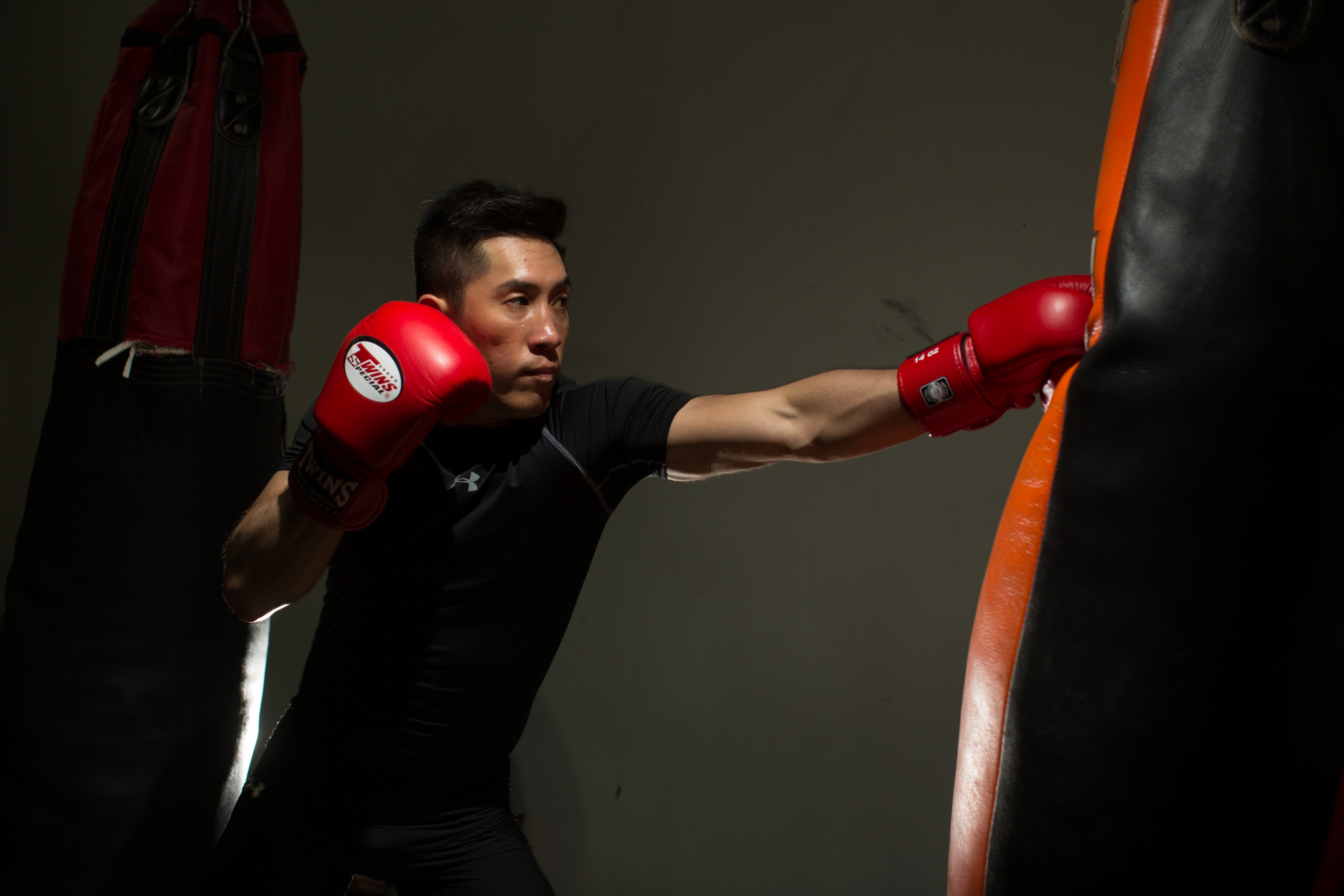
A punching/kicking bag is one of the most common equipment you will probably find in every gym or at the comfort of your home around the world, one of the best training aids that are most underutilized by many simply not knowing what to do and how to use the bag to benefit the most from it.
As straightforward as it may seem, I have seen many used the bag as part of training, they would proceed to smash the bag and go all sorts of crazy on it. I have to admit I was one of them during my first few years of training. The perception of having a good workout, going all power and speed, smashing combos for 10 rounds of 3 minutes makes you feel strong and good. Don’t get me wrong, this is incredibly great for cardio, explosive power and endurance work out, but it benefits little to none in acquiring and refining better techniques required for sparring and fights.
After years of training and meeting professionals from everywhere, what changed my method of training while using the bag was when I got some sessions down training Muay Thai in Thailand. As usual, I did my rounds of pad work for around 30 minutes, and then proceeded with a few rounds of sparring and clinching, followed by three to four rounds on the bag. After training, I would stretch and sit around the gym, to watch the Thais used the bags to see what they did.
Many of them were looking loose, relaxed and calm, yet able to strike viciously when they attacked. Some would just work on their basic strikes to generate more flow more power, while others would work on a particular technique for 30 minutes trying to perfect it, making sure the flow of the movement is beautiful yet lethal.
This lethally beautiful movement is exactly the same as what my movement training over the past six years has taught me about. A good mover is able to chain a series of movement into a state of flow efficiently and effectively. Like I always tell my students and fighters, it is like playing and listening to a song, good flowy music from the start till the end. Imagine someone hitting the pause/play button to the song you are listening every few seconds, it would be very disruptive and unpleasant it becomes noise. This applies to striking, grappling and basically any form of training.
Those experiences helped me relooked into my method of training on how to stay relax and compose not only during training on the bag but in shadowboxing, pad work, sparring (which I talked about on my previous articles), and grappling.
As on my article on ‘The art of Shadowboxing’, I talked about me gathering experiences and information from different coaches and fighters that I have interacted with, and put into practice creating my style. By visualizing, flowing and feeling the techniques and movements on my own to make it look beautiful and natural. And the only me-time you can get is when you are shadowboxing and doing bag work.
Next time when you are on the bag, learn to visualize fighting with someone and treat the bag as a person, try to envision how you would execute your attacks, defences, counters and fakes in a timely, beautiful and lethal fashion rather than just smashing the bag aimlessly rounds after rounds.
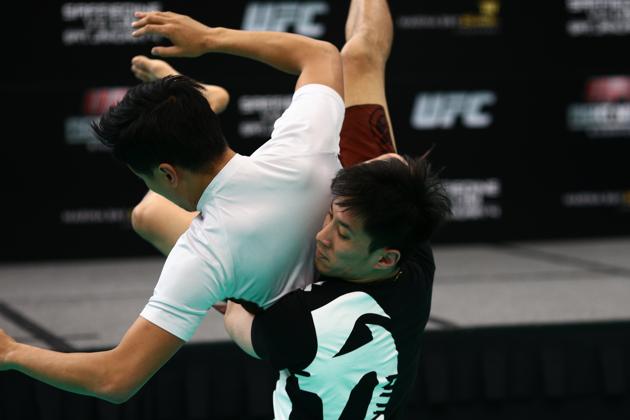
If you are training in combat sports or any form of fighting art, sparring is essential for competition, self-improvement or even self-defence. Through sparring, you will be able to practice what you have been learning and put it to “live” against someone who has the same intent as you. Sparring is a time for you to learn your strength and weakness, your mistakes, and hone your skills to the next level.
One of the biggest mistake people think about sparring that it has to be like a real fight going at 100%. You get people trying to knock each other out and end up hurting each other.
It gives a false sense of security that you are a badass. By sparring hard all the time, you are more likely to sustain injuries (including head trauma, which will be a topic for next time) that could hinder your training sessions ahead, and through accumulation will impact your progression level.
Chances are, by going hard, your partner will end up trying to either survive the rounds with you or straight on brawl throughout the rounds, making you think that you are tough and invincible. You could potentially injure your partners and end up with no one healthy enough to spar with you. And since not everyone is paid to spar with you, you will end up having friends and teammates simply not wanting to spar with you.
On the other hand, going at about 30-60% allows your partner and yourself more room for play. Even if either one got caught with a good shot, you can analyze and learn from the mistake and work on it rather than being afraid of getting knocked out throughout the rounds.
The chances of your partner and yourself getting injured are much lower, and you are more likely to be able to get more rounds in. Consistency is key. By being healthy and able to train consistently, you will be able to spar more often on a frequent or daily basis, which allows you to clock more time in sparring, as compared to hard sparring. It is almost impossible to spar hard every day considering the fact that you are more likely to sustain injuries and head trauma.
Technical sparring also allows you to try new things that you have learnt, not having to worry if you will get knocked out by making a slight mistake. This is very important as it allows room for growth, rather than always being in your comfort zone or scared to execute a technique. The idea is to improve your skills in “live” sparring, the only way to do that is to practice and try.
Being top in sparring isn’t necessarily a good thing. Often I like to put myself in situations where I am only allowed to work on a certain technique. For example, I may only use mid to long range techniques such as jabs, cross and right body kicks for the first round. And work on mid to close range techniques by working on forward pressure, clinch and knees for the whole of the second round. I might want to focus on working on my takedown defence, fighting off my back and create angles for submissions in the third round if I am doing MMA sparring. And even though I might get knocked off my game throughout the rounds, I will continue adapting and work with what I planned to do without allowing ego to take over and go back to my comfort zone.
Many times I see guys simply just shut down while sparring because of a minor injury that can be dealt with. Working around an injury is also a way for me to focus on using what weapons and techniques I am left with to use. For example, I might have hurt my right foot during initial kicks, I will need to reevaluate my gameplan and use more left kicks and knees instead. Because you never know in a real fight, you might have to deal with a broken hand, a sprained ankle or even a banged up thigh from leg kicks. Allowing yourself to shut down from minor injuries in sparring closes your ability to think and work new strategies during rounds, which in turns, is a game finisher in a real fight.
Of course, when fighters prepare for fights, a little hard sparring is needed to get used to taking a certain level of impact and intensity, but never more than 80% in my opinion. Leave it for the real fight. There is no big deal being the king of the gym, because the level for growth is too slow, if not, declining. Always seek to train and spar with people better or same level as you. Not too high of a level that you cannot keep up, not too low of a level you end up able to do whatever you want, making you think you are invincible.
A good sparring is when everyone sits down after a session and ask questions, discuss techniques and give constructive feedback, rather than having guys limping around, with bloody noses, and a migraine.

Reasons why shadowboxing is important and most people are missing the point
Shadowboxing is often seen as a warm-up routine to get the heart rate up, loosen up the body, and sweat a little to prepare for a training session ahead. Besides using it as a form of warm up, spending quality rounds shadowboxing brings benefits and many advantages along the way. Quality shadowboxing increase flow, corrects form, improves speed, and intelligence. It teaches you to focus on visualization for real-time scenario, to prepare for sparring, and in the ring or cage.
Shadowbox practically anywhere
As opposed to grappling, where you will need a partner to practice takedowns and submissions, you can basically train anywhere even if you don’t have a partner. You can shadowbox in your living room, at the park, at your hotel gym, pretty much anywhere so long as you have enough space to move around.
It is always best, if possible, to shadowbox in front of a mirror. Common mistake people do is to look good in front of the mirror, be awed by how good they look shadowboxing. Instead, use the mirror to look for flaws, mistakes that hinder your balance, form, and flow. It teaches you to develop a good eye for corrections to your overall game.
Visualization
Visualization is key to many top elite athletes. Visualizing yourself against different styles of opponents enables you to be comfortable fighting any style. From long range fighting to inside fighting, and clinching, against aggressive opponents, defensive style, or counter fighting fighters. There is no one style fits all, one style beats all in the fight game, by spending enough quality time visualizing and shadowboxing, it will give you a competitive advantage and elevate your game to the next level.
Improves footwork
Footwork in boxing, kickboxing, Muay Thai and MMA is very important. With proper footwork, it allows you to move seamlessly while keeping balance. Having proper footwork helps in offence, defence, and cutting angles. Some shadowboxing sessions can be solely based on footwork and movement, keeping the flow in forward, backward and side to side movements. And as you advanced, learning how to cut angles, pivot, and stance changing. Many people focus too much on large muscle groups that they tend to forget that one of the most useful tools that we use daily is our feet. Learn how to take care and use your feet, as it is the only thing that is between you and the ground.
Defence and counters
Almost everyone shadowboxes with a mindset of going into full offence mode. In my opinion, defence is as important as offence, if not, even more important. Spend time adding blocks, head movements, evasions into your shadowboxing routine. It is difficult to train reaction without a drilling partner, but getting into the motion of defending allows your body to get used to the movement and thus, boost your reaction time during live training. Good defence allows great counters, and make pure offensive and aggressive fighters demoralized.
Develop style through quality time alone
Spending time shadowboxing when you are alone is the only quality “me time”, where you can truly express yourself and work on what you need to do and build your style. Usually, during training sessions with your coach or training partners, you follow or learn new techniques that are being taught. But not all techniques suit everyone, due to our differences in size, reach, weight, body anatomy, and basically how we perceive a technique. By allowing yourself to spend quality “me time”, you will be able to enhance and improve techniques taught to you and refine it to your style.
Take time to shadowbox as much as possible and soon you will feel comfortable flowing in bag work, pad work, sparring as an improved fighter.
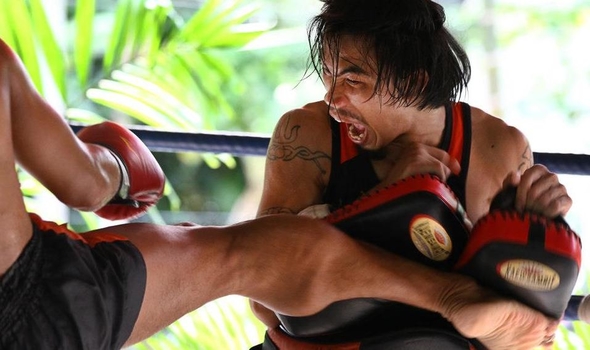
Great article by Paul Banasiak from a fighter transitioned to a coach point of view.
A summary of how a coach and his fighters/students mean more than just training. Click on the link above for full article.
1. A coach will take your personal life into account, your skill, your work ethic, and your mindset to set you up for success at the correct pace.
Your coach is there to lead you to your goals, but more importantly, educate you on what it will take.
2. Your trainer’s job is to provide you with opportunities, but only if you match his or her efforts. The work you put in is ultimately what will lead you to success in your goals.
“If you are not willing to learn, no one can help you. If you are determined to learn, no one can stop you.
3. No one wants to train a skilled fighter or practitioner who is arrogant or close-minded for a prolonged period of time or at all. Skills can bring you a lot of attention, but never mistake attention for success or respect.
It is a good coach’s job to steer you in the right direction, but it is your job to listen, learn and act truthfully. Be good to others, help others learn, show respect in and out of the ring. Be a good human being.
